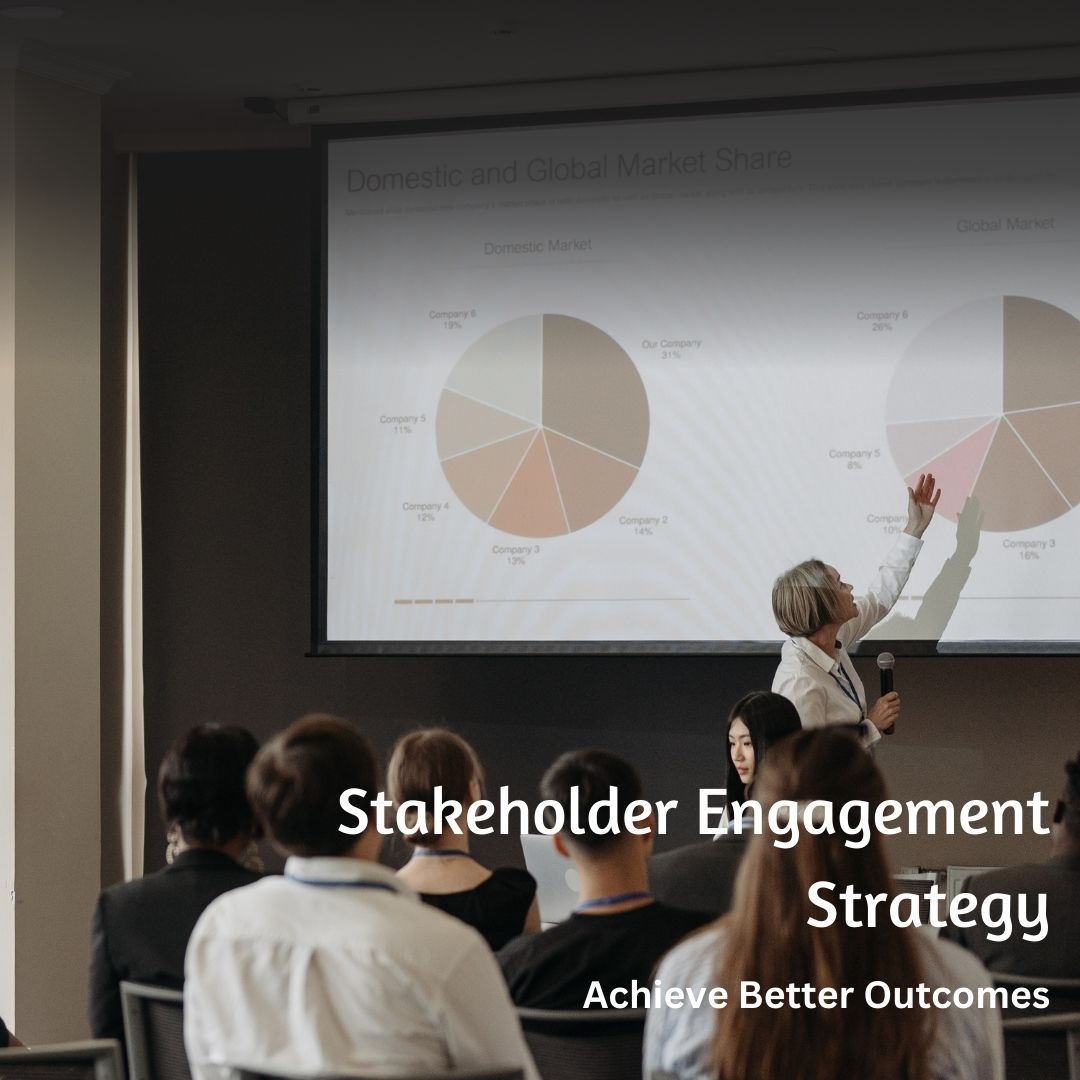A crucial step in developing a successful stakeholder engagement strategy is to segment stakeholders based on various criteria, such as level of influence, interest, and impact. This segmentation allows organizations to tailor their engagement efforts to specific groups, optimizing resource allocation and maximizing impact.
- Key Stakeholders: These individuals or groups have a significant influence on the organization's success and require consistent, high-level engagement.
- Primary Stakeholders: While influential, these stakeholders may not be as directly involved in the organization's day-to-day operations. Regular communication and updates are essential.
- Secondary Stakeholders: These stakeholders have an interest in the organization but their influence is limited. Targeted communication and engagement may be necessary to maintain positive relationships.
- General Public: While not directly involved in the organization's activities, the general public's perception can impact reputation and brand image. Strategic public relations efforts are essential.
Effective Communication Channels
Choosing the right communication channels is vital for successful stakeholder engagement. A multi-channel approach is often most effective.
- Traditional Channels: These include face-to-face meetings, phone calls, and printed materials. While still valuable, they are often complemented by digital channels.
- Digital Channels: Email, social media, websites, and online collaboration platforms offer efficient and scalable communication options.
- Interactive Channels: Webinars, online surveys, and interactive tools can foster deeper engagement and gather valuable feedback.
Tailoring Engagement Tactics
The choice of engagement tactics should align with stakeholder preferences, expectations, and the specific goals of the engagement.
- Informational Tactics: Newsletters, annual reports, and websites can provide stakeholders with relevant information about the organization's activities and performance.
- Consultative Tactics: Surveys, focus groups, and advisory boards allow stakeholders to provide input and feedback on decision-making processes.
- Collaborative Tactics: Joint projects, partnerships, and co-creation initiatives foster a sense of ownership and shared responsibility.
- Empowering Tactics: Delegating decision-making authority to stakeholders can increase their sense of involvement and satisfaction.
Measuring and Improving Stakeholder Engagement
To evaluate the effectiveness of a stakeholder engagement strategy, organizations must establish clear metrics and regularly assess performance. Key performance indicators (KPIs) may include:
- Stakeholder satisfaction levels
- Number of stakeholder interactions
- Timeliness of responses to stakeholder inquiries
- Social media engagement metrics
- Achievement of engagement objectives
By tracking these metrics, organizations can identify areas for improvement and make data-driven adjustments to their strategy.
Conclusion
A well-executed stakeholder engagement strategy is a dynamic and ongoing process that requires continuous attention and adaptation. By understanding stakeholder needs, building strong relationships, and effectively communicating, organizations can create a sustainable competitive advantage and achieve long-term success.



